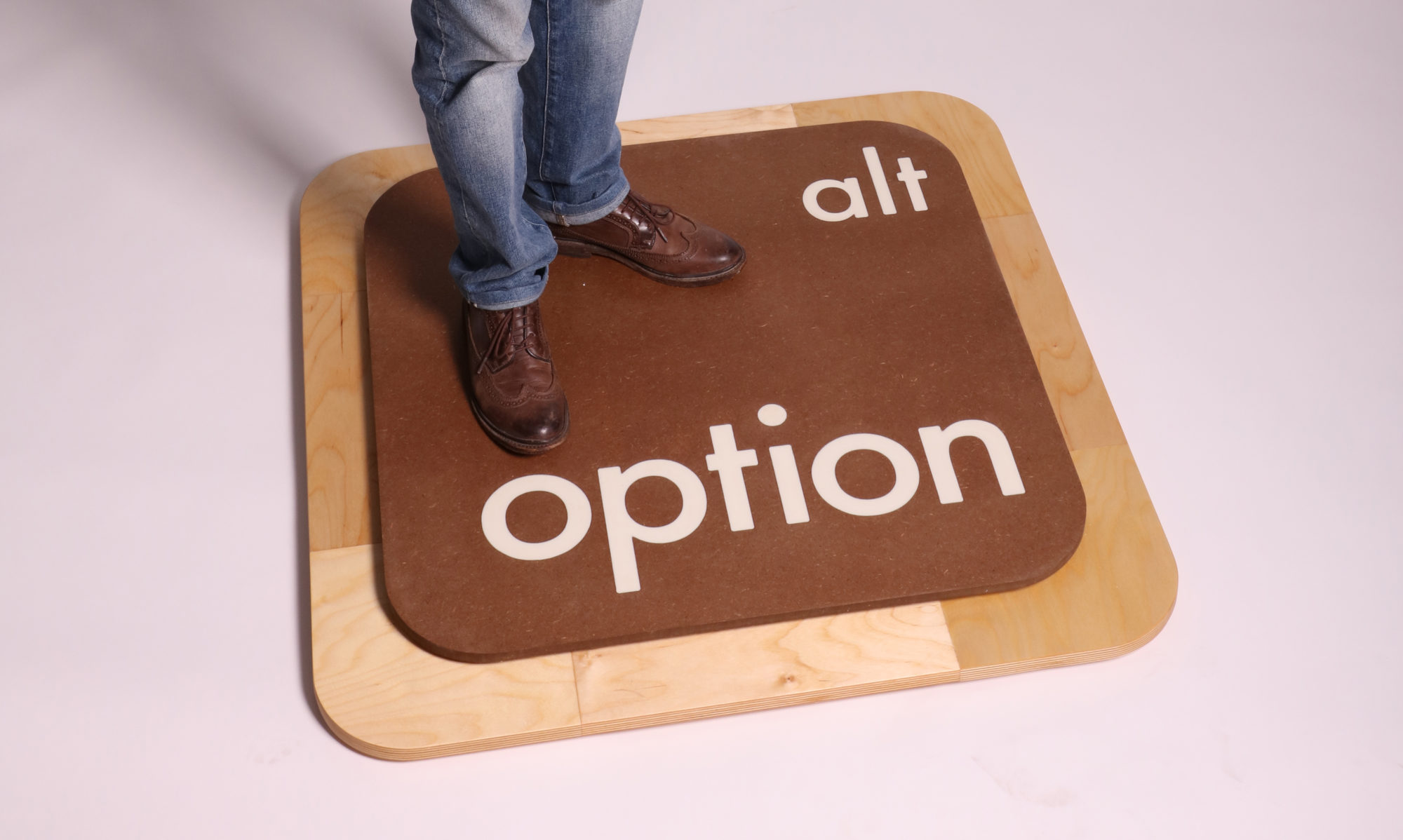Tori Flick
Designing For New Media
Objectified
It is astonishing to think that from the moment you wake up, almost everything you interact with within your day has been designed, and has been designed specifically for a purpose. Even things you wouldn’t think to have any sort of relevance or significance such as a post-it note, someone designed a post-it note with a specific function in mind.
One thing one of the designers said that I did not 100% agree with was that no concerns for an individual person are to be taken. Details surrounded who they are were not to be accounted for, but instead the “extremes” must be taken into consideration and those extremes, whether it be something like slow and fast, those are the details that matter; everything in the middle are not as significant.
One of the designers spoke of the goal to redesign tools and objects to better fit the needs and functions of everyone, looking at things such as garden shears or even pliers and measuring how they feel and if there are any small details to improve upon. The goal is to redesign things, with people not always realizing that it has been redesigned for a specific reason. This surprised me in a good way, because out of all of the things I interact with daily I never stop to think about how it was intentionally crafted to meet a certain need or purpose.
A key point I was highly in agreeance with emphasized the importance of recognizing and noticing a product for its attributes and form, so that the inevitable design of the product makes sense, and is not just shapes and things, but instead, in a way seems undesigned because of how natural the form seems.
Another thing to consider in design is that not everything lasts forever, so what will become of your designed object once it has served its purpose and no longer functions to standard? Some products may be made with environmentally-friendly and biodegradable materials, whereas some products may have been built to last and will not be capable of doing the same. This must also be considered by the designer.
Design is comprehensibly just a search for form. The form of how something should look to still achieve the same effect and functionality needs to be understood fully and processed. Design cannot exist without a form of some sort being taken, so the priority then becomes what is the most sensible and constructive form to take? It depends object to object what form is necessary, and what form will work for everyone, not just the medium margin. If a handle of something is designed too thin and someone suffering from arthritis can’t use the handle, then a redesign must take place to include that “group” as well. Design is all inclusive, and specifically a practice to make the lives of everyone a little easier, even if the users themselves are unaware.
